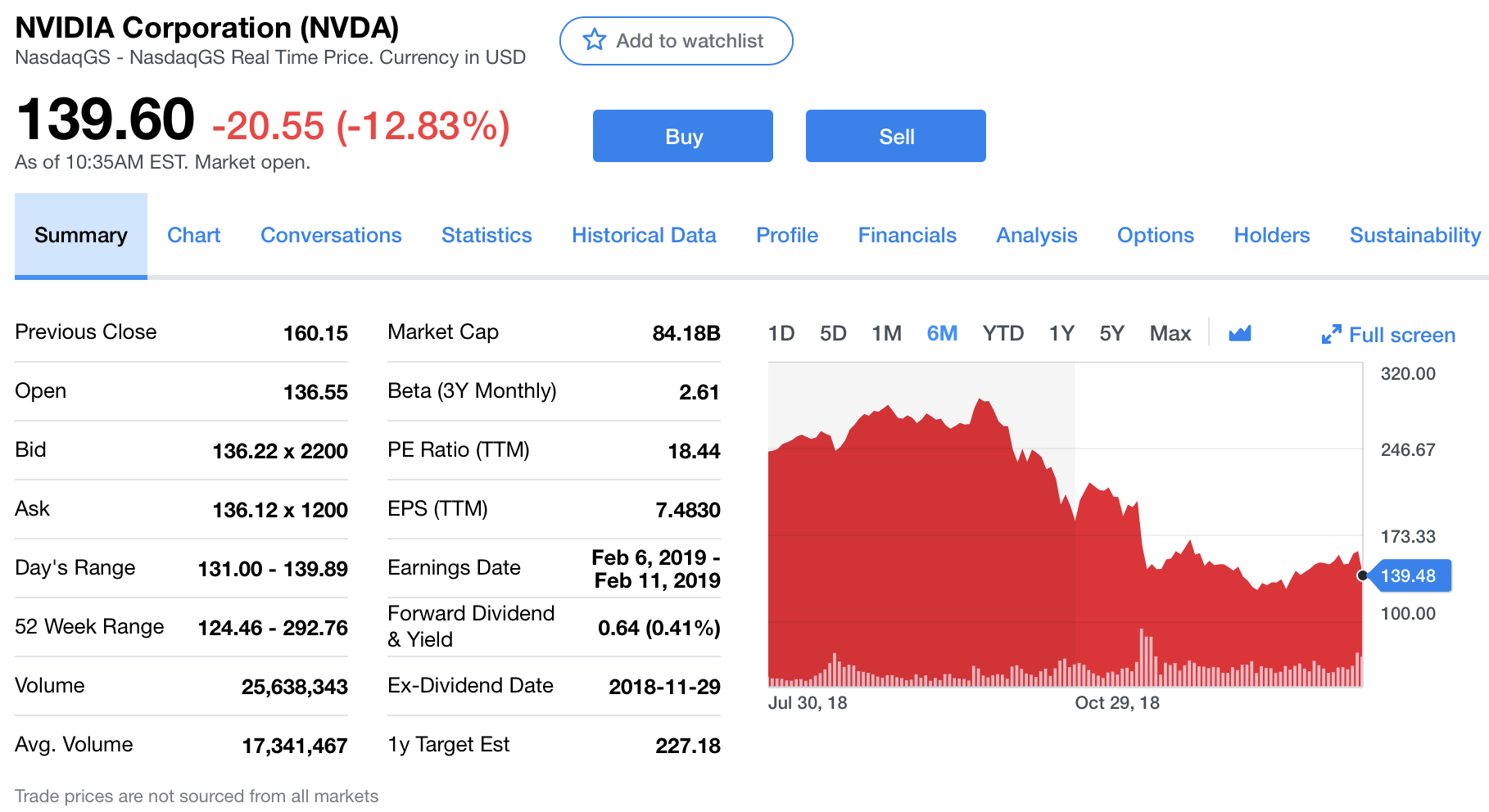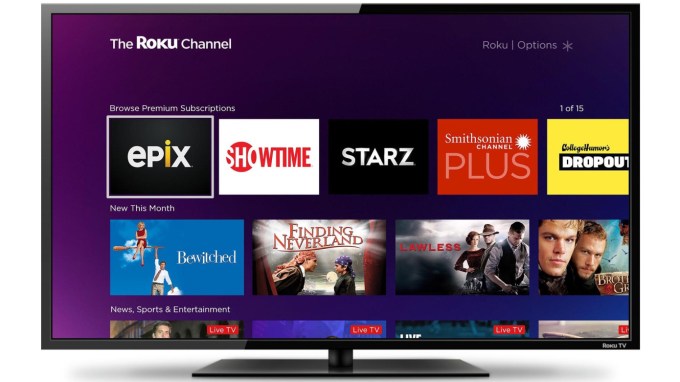Facebook continues to feel the heat over its role in how people communicate — and more importantly, miscommunicate — globally, so today in Europe it redoubled its efforts to counter critics by rolling out new controls specifically around election misinformation ahead of European Parliament elections this spring.
It unveiled its latest efforts to fight “fake news”, with a new system of controls around the placement of political ads, as well as a new set of human-staffed operations centers in Dublin and Singapore to monitor how localised political news is distributed on the social network — both coming in March. Then, to coincide with the new efforts, it presented its new head of global communications — Nick Clegg, a former politician — in his first public speech since taking office.
The bigger hope for Facebook is that today’s two developments will be viewed as evidence that it is making active efforts to set things aright after a series of moves that have soured people’s opinions of the social network. Facebook continues to see a lot of scrutiny in the region over how it has handled its WhatsApp acquisition, its role in the Brexit referendum, larger privacy violations and more, and as it continues to grow, the concern for Facebook is that it could start to see regulatory actions that could curtail growth longer term.
The political ad checks that Facebook announced today will see the company launch tools to improve transparency around political ads. Those buying ads will see more scrutiny about their backgrounds, to make sure they are authorized to purchase ads.
Then for every ad that does get placed, users can click on them to find out more about the company or organization making the posting, including about the budget and demographics about the reach of the ad. All of this will be kept in a library that will also be searchable by the public for up to seven years after an ad runs.
These tools will also be rolled out in other markets like Ukraine, Israel and India ahead of their national elections, and it comes alongside other policies that Facebook has put in place over recent weeks: for example, in Nigeria it’s forbidding election advertising to be purchased by foreign entities.
While these are important moves, they are also coming at the same time that Facebook is become more oblique to other kinds of scrutiny. The company has been reportedly cutting off some of the tools that have been built to monitor how advertising works on the platform. These tools have seen their functionality reduced as part of Facebook’s bigger effort to cut off data access to third-parties — a consequence of Facebook’s reaction to Cambridge Analytica and how it and others exploited third-party access to suck up user information — but groups that have been affected claim that their advertising analytics provided more information than Facebook’s new political ad monitoring tools provide.
In addition to this, Facebook is expanding its approach to localising its response in the form of election security operations centers, or war rooms as they’re being called by some (including us). The first of these was established around the time of elections in Brazil last year, based out of Facebook’s HQ in Menlo Park, and it carried on work in the US Midterm elections.
Now Facebook is localising the concept and establishing two new centers in Dublin and Singapore, to “allow our global teams to better work across regions in the run-up to elections.” The aim of these is to track fake news, hate speech and voter suppression, and the idea will be to assemble teams that will work with other groups at the company in areas like threat intelligence, data science, engineering, research, community operations and legal.
Potentially meant to bolster the release of the news about the new election measures, Clegg’s appearance in Brussels — at a Facebook-sponsored event — unfortunately wasn’t very strong, underpinned as it was by fairly predictable pronouncements.
Clegg defended Facebook against criticism that it should be subject to the same scrutiny and responsibility as the media: “It’s raucous and unpredictable,” he said of Facebook. He did acknowledge Facebook’s shortcomings and said it’s now in a period of change. (Clegg’s known far and wide for his earnest apologies.)
He also defended the company against any negative readings of its intention to unify the back ends of its various messaging apps — while essentially confirming the the company’s desire to do so in the process.
“It’s much more simple than the heated language suggests,” he said. “What Zuckerberg says that is people are increasingly using different apps and it’s a simple view that over time, people will want to send messages from one to the other. That’s it!” See, nothing to worry about, right?
There may be some positive benefits, such as all apps taking on the encryption that is currently only a part of WhatsApp. However, it remains to be seen how linking up apps that have been built differently would work, and what other tradeoffs we will see in exchange for being able to send an Instagram snap to our WhatsApp contact a little quicker.
Asked if he was worried about being a “Brexit enabler”, Clegg curtly answered no and moved along.
Asked which technology was most worrisome for him in the future, and he named deep fakes. “We’re doing work to figure out what our defenses are against this, but that is a very worrying fact where reality and fiction bleed into each other,” he said. That could also be said about Facebook and its approach overall.


 architecture were lower than expected. These products deliver a revolutionary leap in performance and innovation with real-time ray tracing and AI, but some customers may have delayed their purchase while waiting for lower price points and further demonstrations of RTX technology in actual games,” the company says.
architecture were lower than expected. These products deliver a revolutionary leap in performance and innovation with real-time ray tracing and AI, but some customers may have delayed their purchase while waiting for lower price points and further demonstrations of RTX technology in actual games,” the company says.
 Doctor’s offices and exam rooms are rethought to ensure a more comfortable relationship between doctor and patient. There are no desks that separate patient from doctor, instead featuring a couch with a small side table to write on.
Doctor’s offices and exam rooms are rethought to ensure a more comfortable relationship between doctor and patient. There are no desks that separate patient from doctor, instead featuring a couch with a small side table to write on. Even the lab is built adjacent to a restroom where patients can pass their specimen through a small compartment in the wall instead of walking it through the hallways.
Even the lab is built adjacent to a restroom where patients can pass their specimen through a small compartment in the wall instead of walking it through the hallways.
